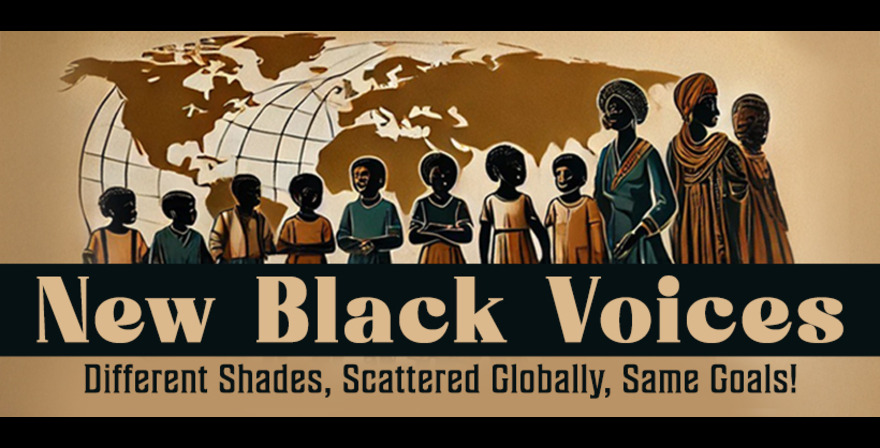By Sandy Conners
Love is one of the most profound human experiences, yet it is often misunderstood and oversimplified. Many people use the phrases being in love and loving someone interchangeably, but they actually represent two very different emotional states. Understanding this difference can have a significant impact on how we approach relationships and maintain them over time. This article delves into the nuances between being in love with someone and simply loving them, shedding light on how each plays a distinct role in our lives.
The Concept of Being In Love
Being in love is an intense, passionate, and often overwhelming experience. It’s that rush of emotions when you can’t stop thinking about someone, feeling your heart race when they’re near, and wanting to spend every moment together. In the early stages, being in love is frequently characterized by infatuation—an almost obsessive focus on the other person, combined with heightened excitement and attraction.
Emotional Intensity and Passion
When you’re in love, your brain releases a cocktail of chemicals like dopamine and oxytocin, creating feelings of euphoria and bliss. It’s why new couples often feel like they’re on cloud nine. You may lose your appetite, have trouble sleeping, or find yourself daydreaming about your partner. This emotional intensity can make it feel as if your world revolves around them.
How Being In Love Influences Behavior
People who are in love tend to idealize their partners, focusing more on their positive traits while overlooking flaws. There is often a sense of urgency to see them, hear from them, and stay connected. The excitement is fueled by novelty, and while it feels wonderful, it can also be fleeting. Being in love is often associated with the early stages of a romantic relationship when emotions run high and rational thinking takes a back seat.
The Concept of Loving Someone
Loving someone, on the other hand, is more grounded and stable. It involves a deeper, more enduring connection that goes beyond fleeting passion. While being in love is often fueled by desire and excitement, loving someone is rooted in genuine care, respect, and commitment. It’s less about butterflies and more about building a life together.
Steadiness and Commitment
Loving someone means being willing to support them through both good and bad times. It’s about staying committed even when the spark fades or when challenges arise. Unlike being in love, which can feel thrilling and unpredictable, loving someone involves a conscious decision to nurture the relationship and prioritize the other person’s well-being.
The Selfless Nature of Love
When you love someone, your actions are driven by the desire to see them happy and fulfilled, even if it doesn’t directly benefit you. It’s about putting their needs on par with or even above your own. Loving someone also means accepting their flaws, understanding their complexities, and maintaining a sense of loyalty regardless of circumstances.
Key Differences Between Being In Love and Loving Someone
Though the concepts overlap, several fundamental differences set them apart:
Emotional Depth vs. Emotional Intensity
Being in love is marked by intensity—sweeping emotions that feel almost uncontrollable. In contrast, loving someone is deeper and more consistent. It doesn’t waver based on moods or situations but remains steadfast through life’s ups and downs.
Temporary vs. Enduring Feelings
Being in love often has a temporary nature. It can fade as the initial excitement wears off, especially when reality sets in. Conversely, loving someone is enduring and resilient. It lasts through changing circumstances, disagreements, and personal growth.
Selflessness vs. Possessiveness
Being in love can sometimes feel possessive or self-centered—you want to keep the person close, fearing loss. Loving someone, however, is more selfless. You support their dreams, even if it means being apart, and you encourage their personal growth.
Practical Love vs. Romantic Love
Being in love often emphasizes the romantic, passionate aspects of a relationship. You might focus on grand gestures and poetic expressions of affection. Loving someone is more practical and rooted in reality. It involves everyday actions like making sacrifices, communicating openly, and working through problems together.
Why Distinguishing Between Them Matters
Understanding the difference between being in love and loving someone is crucial for building sustainable relationships. Many relationships falter when people mistake the fading of being in love as the end of love itself. However, transitioning from being in love to genuinely loving someone is a natural and healthy progression in most long-term relationships. Recognizing this shift can help individuals avoid unnecessary breakups and learn to appreciate the deeper, more enduring bond that follows the initial passion.
Sometimes, couples feel disheartened when the spark fades, but this transition is not a sign of failure. Instead, it’s an opportunity to deepen the connection and build a partnership based on mutual respect, understanding, and long-lasting affection.
Conclusion
Being in love and loving someone are both valuable experiences, but they serve different roles in our lives. While being in love captures the excitement and intensity of romance, loving someone embodies a deeper, more committed bond. A healthy relationship often moves from the passionate phase of being in love to the enduring phase of truly loving someone. By understanding this progression, we can better navigate our relationships and cherish both the thrill and the depth that love brings.

